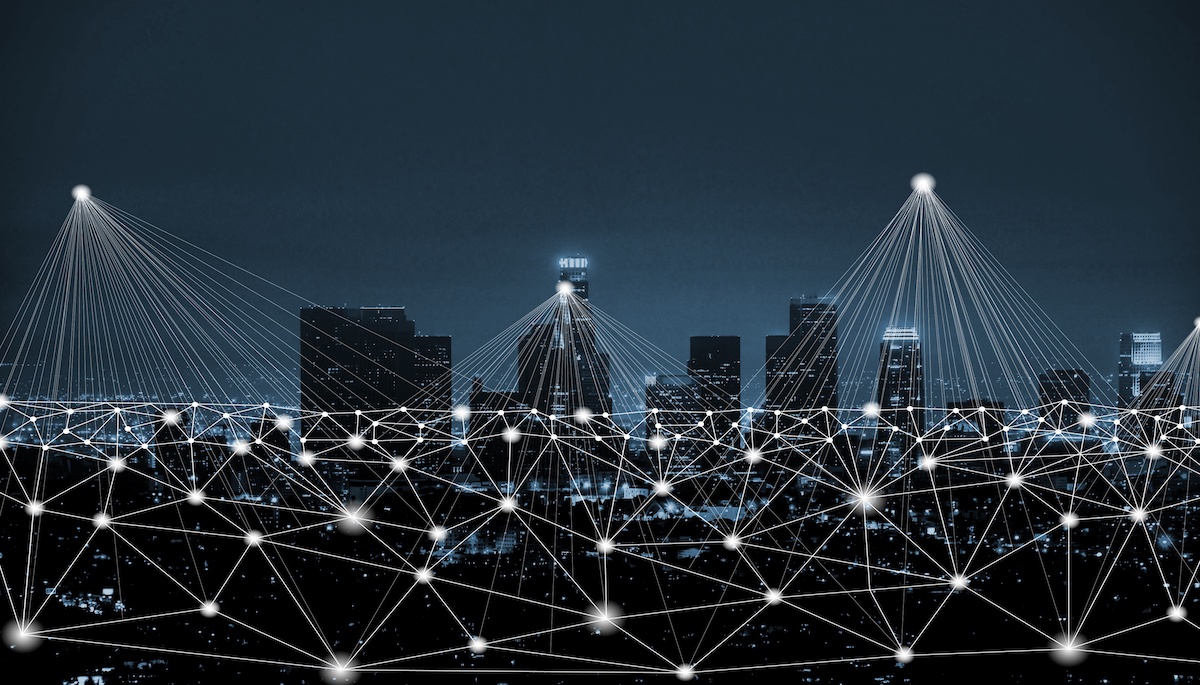5 Ways Edge Computing Will Change the Future of Data Centers18 min read

Edge computing continues to evolve and become more advanced. As this happens, data centers will be largely impacted, especially as edge computing becomes more closely integrated. Here are five trends on the horizon worth following:
1. Data Centers Will Become Dedicated 5G Providers for Companies
Analysts often discuss the direct connection between edge computing and the 5G network. For example, edge computing supports data-heavy applications, including those associated with artificial intelligence (AI) and the internet of things (IoT). 5G will take those technologies and others to new heights.
Work is underway concerning engineers building telecommunications capabilities into edge data centers. In the not-too-distant future, such facilities could act as dedicated 5G providers for enterprise brands. This solution — which relies partially on Kubernetes containers — could enable telecommunications providers to build data centers into customer-facing clouds. It might also let enterprises provide company-specific 5G access to employees and guests.
2. Increasing Computing Requirements Will Make Mobile Data Centers More Necessary
Edge computing lets data processing happen closer to the source, reducing the distance the information travels. Similar to how Wi-Fi beamforming technology enhances the user experience by facilitating stronger, faster and longer-range Wi-Fi signals, edge computing causes better performance through reduced latency. Several companies want to put data centers even closer to users by making them mobile.
The options currently on the market usually fit into a shipping container or are compact enough for a trailer to tow them. Data center brands carefully pick locations, but they can’t be everywhere that customers need service. Mobile data centers could work well for huge events, such as the Olympics or the Super Bowl, especially as those gatherings become increasingly tech-driven and encourage people to use interactive apps. They could also tackle connectivity problems in remote areas.
3. Edge Computing Will Help Address Growing Infrastructure Requirements
As many companies adopt increasingly intensive computing applications, they often discover that their current data center capabilities fall short. Some will realize that edge computing is the answer to some of their current and anticipated struggles. That’s because it helps achieve more “cloud offload.” Such an aim occurs through reductions in network traffic going to and from the cloud.
Edge computing allows businesses to pull value from data sooner because it gets processed closer to its source. Companies can also choose to shrink the overall size of the data before sending it to the cloud. These features show enterprises why it makes sense to rely on edge infrastructure, especially if they find their data center resources under strain.
4. Edge Computing Will Support Sustainable Business Goals
An August 2020 market analysis expects approximately 90% of industrial enterprises to use cloud computing by 2022. Those businesses will do so for various reasons, including some already mentioned here. However, sustainability will likely impact the decision for some of them. That could mean focusing on edge computing where possible.
Alan Conboy of Scale Computing explained, “New technologies like edge computing compress the footprint needed to run IT out in the field. By using a data center in a box that is smaller than a single refrigerator, enterprises can build their green efficiencies by using less power for operation and cooling. If every business made a small change, together we would make a big change.” Mobile edge data centers could support corporate sustainability aims.
5. Edge Data Centers Will Have Robot Security Guards
Advances in AI and the IoT have reduced some human staffing needs inside data centers. People still factor into daily operations, but often only to confirm a data center management suggestion made by a high-tech platform. Switch — a technology infrastructure specialist — is working on robots to patrol edge data centers and other mission critical facilities.
Since these machines have features like bullet-resistant exteriors and night-vision capabilities, they’ll likely assist with perimeter security. Having that kind of help could prove especially useful as some data center brands move toward having smaller on-site crews. Robots could alert providers of problems, letting them know when to send humans to investigate.
Common Threads to Investigate
People often bring up data centers and edge computing in the same discussions. This trend-centered overview sheds light on why that happens. One thing’s certain, and it’s that analysts and tech enthusiasts should examine these factors together, especially since they frequently influence each other.
Real-time monitoring, data-driven optimization.
Immersive software, innovative sensors and expert thermal services to monitor, manage, and maximize the power and cooling infrastructure for critical data center environments.
Real-time monitoring, data-driven optimization.
Immersive software, innovative sensors and expert thermal services to monitor,
manage, and maximize the power and cooling infrastructure for critical
data center environments.

Devin Partida
Editor-in-Chief at ReHack
Devin Partida writes about data, cybersecurity and smart tech for ReHack.com, where she is also the Editor-in-Chief.







Really interesting read Devin! 5G is expected to have a serious impact on data centers. More localized data centers are expected to pop up with 5G rolling out. These edge data centers would help reduce latency and provide better speeds.